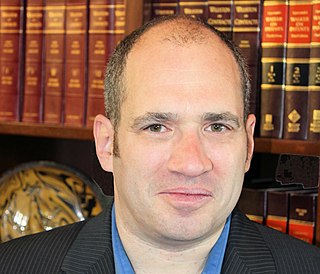History
Technological advances gave rise to residual payments, and their evolution can be traced in terms of those technologies.
Radio
Residuals were established in U.S. network radio. Live radio programs with nationwide audiences were generally performed either two or three times to account for different time zones between the east and west coasts of the United States. The performers were paid for each performance. After audio "transcription disc" technology became widely available in the late 1930s, it was initially used to make recordings to send to radio stations that were not connected to the live network. As sound quality improved, radio networks began using them for time-delaying west coast broadcasts, eventually eliminating the need for multiple performances. The performers were kept on standby and paid for a second performance in case there were technical problems. This established the precedent for residual payments from recorded performances. [2]
Television
In the early 1950s, a similar transition occurred in television. Initially, most television broadcasts were either live performances or broadcasts of older films originally produced for theaters. Kinescope recordings were made of live east coast performances so they could be broadcast several hours later on the west coast, which also made it possible to broadcast these shows later as many times as they wanted. In 1952, residual payments were extended to these television reruns, thanks in large part to Ronald Reagan, whose first term as president of the Screen Actors Guild (SAG) ran from 1947 to 1952. [3] In 1953, the WGA negotiated residuals for up to five reruns for made-for-TV shows. [4]
That said, film actors were still not paid residuals for reruns. As Americans increasingly watched TV at home instead of going out to the movies, movie attendance plummeted by over 65% between 1948 and 1959, studios were grappling with decreased revenues, and actors felt like they were being deprived of significant income that was owed to them. The studios, however, took a hardline stance on residuals for movie actors due to their shrinking revenue as well as the fact that if they paid residuals to actors, they would also have to pay directors and screenwriters as well. [5]
This stalemate led SAG actors to re-elect Ronald Reagan as SAG President in fall of 1959. Reagan asked SAG for a strike authorization in February and the actors agreed on a work-stop date for March 7, 1960, Hollywood's first-ever industry-wide strike. Starting with Universal Pictures, studios ended up agreeing to film residuals, but only for movies made after 1960. They would issue a one-time payout of $2.25 million for movies made between 1948 and 1960, and movies made before 1948 would not be eligible for any residuals. (Unrelated to residuals, Reagan also secured health insurance and pensions for SAG actors.) This upset older actors like Mickey Rooney, Glenn Ford and Bob Hope, who blamed Reagan and the SAG board for weak negotiating, but in April 1960 SAG voted to accept the offer and returned to work. [5]
In 1988, WGA launched its longest strike, lasting 22 weeks, over a disagreement over residuals for TV shows broadcast in foreign countries. The new contract allowed writers two formulas for calculating foreign residuals: the existing formula ($4,400 maximum for a one-hour show) or the new formula (1.2% of the producer's foreign sales). On the other hand, domestic residuals were adjusted to take a sliding scale, which would incentivize producers to syndicate one-hour shows, whose revenue performance was poor, to independent TV stations. [6]
New media

In 2007, the Alliance of Motion Picture and Television Producers (AMPTP), the industry bargaining group that deals with the trade unions, called for an end to the current residual payment system in response to the rise of online media. Instead, it proposed that residuals be pooled so the studios would recoup their costs paying the actors, directors, and writers based on a profit-based formula, [7] which would solve the problem that residuals remain the same despite decreases in TV profits. [8] Writers in the Writers Guild of America (WGA) decided to negotiate for higher residual payments. The AMPTP adamantly opposed extending residuals to online movie and TV show sales for at least three years, citing the need to "adapt to the realities of the marketplace, the new demands from our audiences and new technologies", [3] while a WGA representative countered that they "already had effective business models". [7]
In 2011, SAG-AFTRA, WGA, and DGA negotiations kept residuals for network primetime TV (considered "among the most lucrative" residuals) frozen at previous levels. [8]












